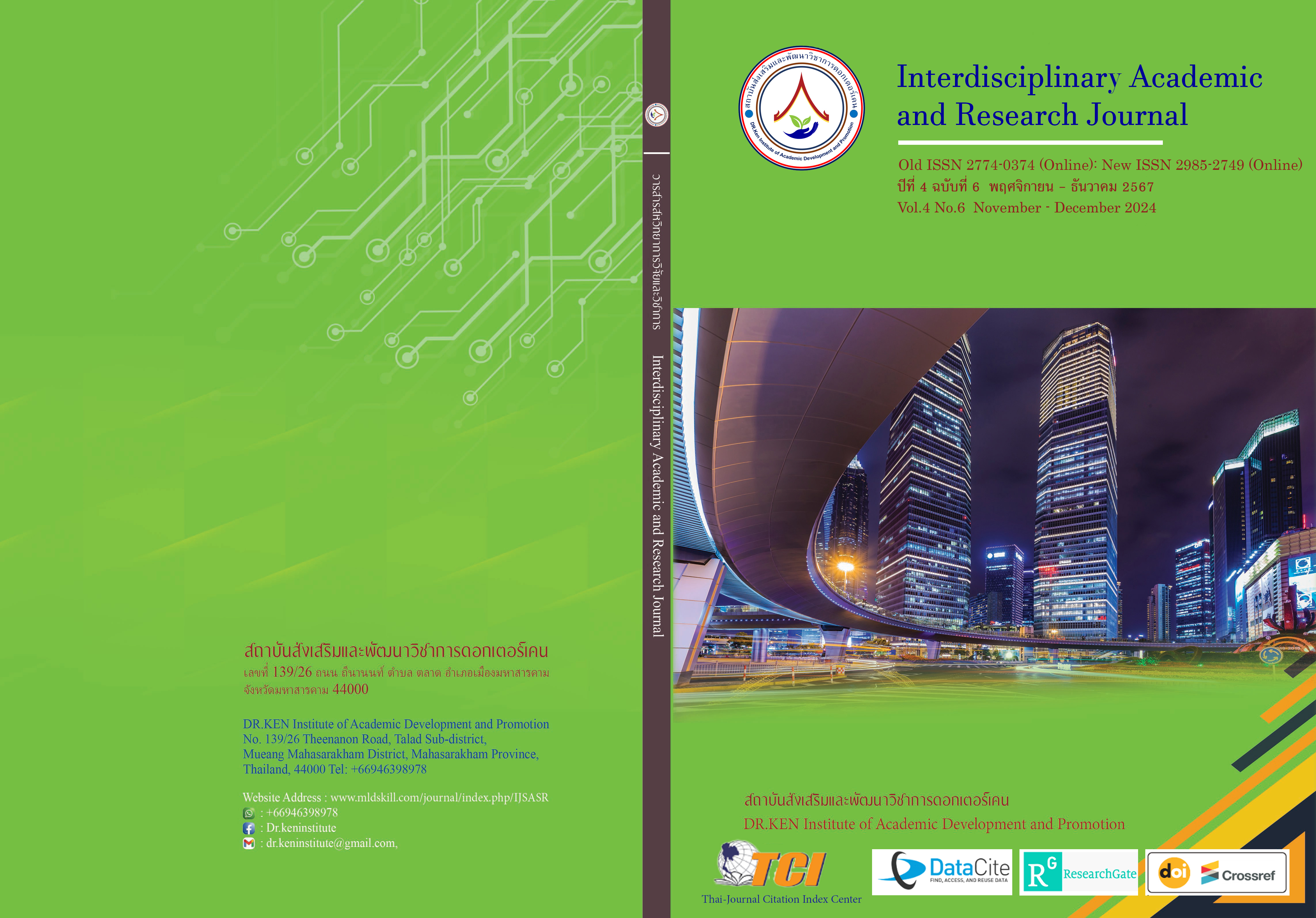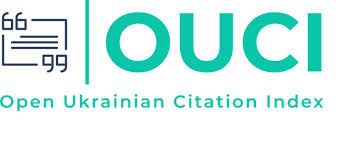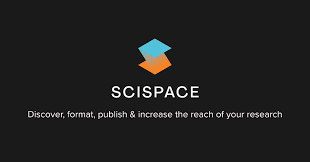Development of Learning Outcomes by Using MACRO Model Close Economics Social Studies Religion and Culture for Grade 3 students at Ban Mai Sawan School under the Jurisdiction of the Chiang Mai Primary Educational Service Area 4
DOI:
https://doi.org/10.60027/iarj.2024.278706Keywords:
Learning Outcomes, MACRO Learning Management Model, Everyday EconomicsAbstract
Background and Aims: This research aimed to enhance the learning outcomes of third-grade students in Social Studies, Religion, and Culture, focusing on the topic of "Everyday Economics," through the implementation of the MACRO learning management model at Ban Mai Sawan School, under the jurisdiction of the Chiang Mai Primary Educational Service Area Office, Zone 4.
Methodology: This study employed a quantitative research approach, with a sample group of 22 third-grade students. The research instruments comprised five lesson plans, totaling 13 hours of instruction, and pre-and post-test assessments to measure academic achievement.
Results: The findings revealed that the developed lesson plans were of the highest quality (Mean = 4.90, Standard Deviation = 0.20), and there was a statistically significant improvement in students' academic achievement after the intervention at the .05 level.
Conclusion: Implementing the MACRO learning management model effectively enhanced the learning outcomes of third-grade students in Social Studies, Religion, and Culture, specifically in the area of "Everyday Economics."
References
กระทรวงศึกษาธิการ. (2553). แนวทางการจัดการเรียนรู้ตามหลักสูตรแกนกลางการศึกษาขั้นพื้นฐาน พุทธศักราช 2551 (พิมพ์ครั้งที่ 2). กรุงเทพฯ: โรงพิมพ์ชุมนุมสหกรณ์ การเกษตรแห่งประเทศไทย จำกัด.
กฤษดา บุญหมื่น. (2555). การเขียนแผนการจัดการเรียนรู้. เจริญวิทย์การพิมพ์.
ชุติมา นุ้ยชิต, และคณะ. (2563). ผลการใช้ชุดกิจกรรมแนะแนว โดยใช้รูปแบบแมโครเพื่อส่งเสริมคุณลักษณะ อันพึงประสงค์ด้านใฝ่เรียนรู้ของนักเรียน ชั้นมัธยมศึกษาปีที่ 4. วารสารบัณฑิตวิจัย JOURNAL OF GRADUATE RESEARCH. 11 (1), 69-80.
ดวงใจ งามศิริ, นิภาพร บุญยศ, และ นิพล พินิจวัจนะวงศ์. (2562). การจัดการเรียนการสอนแบบ Active learning โดยใช้รูปแบบ MACRO model ในรายวิชาการประมวลผลแบบกลุ่มเมฆ. วารสาร มจร นครน่านปริทรรศน์, 3(2), 69-80. http://www.ojs.mcu.ac.th/index.php/mcu-nan/article/view/4388/3279
ดิเรก วรรณเศียร. (2558). MACRO model : รูปแบบการจัดการเรียนรู้สำหรับศตวรรษที่ 21. กรุงเทพ ฯ : มหาวิทยาลัยราชภัฏสวนดุสิต.
ธนพร เลิศโพธาวัฒนา. (2561). การพัฒนาความสามารถในการคิดวิเคราะห์และผลสัมฤทธิ์ทางการเรียน วิชาชีววิทยา เรื่อง ยีนและโครโมโซม โดยใช้รูปแบบการจัดการเรียนรู้ สำหรับศตวรรษที่ 21: MACRO MODEL ของนักเรียนชั้นมัธยมศึกษาปีที่ 6. วิทยานิพนธ์ศึกษาศาสตรมหาบัณฑิต. มหาวิทยาลัยรังสิต, ปทุมธานี
พงษ์ธลักษณ์ สิบแก้ว, ธเนศ พงศ์ธีรัตน์ และปิยะรัตน์ ชาวอบทม. (2562). เจตคติต่อการจัดการเรียนรู้แบบ MACRO เรื่อง ระบบประสาท ของนักเรียนชั้นมัธยมศึกษาปีที่ 5. วิทยานิพนธ์ศิลปศาสตรมหาบัณฑิต. สาขาวิชาการสอนวิทยาศาสตร์. มหาวิทยาลัยรังสิต.
พิมพ์ชญา ธนาพรพงศ์สถิต และวัชรภัทร เตชะวัฒนศิริดำรง. (2563). การพัฒนาแผนการจัดการ เรียนรู้ วิชาภาษาไทย โดยใช้รูปแบบสมองเป็นฐานของนักเรียนที่มีความบกพร่องทาง สติปัญญา โรงเรียนสุพรรณปัญญานุกูล. วารสารวิทยาการจัดการปริทัศน์, 22 (2), 95 108.
ฟิกรี ก็ไร. (2561). การเปรียบเทียบการคิดอย่างมีวิจารณญาณและความคงทนในการเรียนรู้วิชา ชีววิทยา เรื่อง อาณาจักรของสิ่งมีชีวิต ด้วยการจัดการเรียนรู้ในรูปแบบ MACRO model ร่วมกับเทคนิคแผนผัง ความคิดแผนผังความคิดของนักเรียนชั้นมัธยมศึกษาปีที่ 6. วิทยานิพนธ์ปริญญามหาบัณฑิต มหาวิทยาลัยรังสิตระเบียบ
วันรักษ์ มิ่งมณีนาคิน. (2549). ความรู้เบื้องต้นเกี่ยวกับวิชาเศรษฐศาสตร์. กรุงเทพฯ : สำนักพิมพ์มหาวิทยาลัยธรรมศาสตร์.
อุบลวรรณ ส่งเสริม. (2562). แผนการจัดการเรียนรู้ที่มีคุณภาพ: หน้าที่ครูหรือหน้าที่ใคร. วารสาร สาขา มนุษยศาสตร์ สังคมศาสตร์ และศิลปะ, 12 (3), 898 - 910.
Downloads
Published
How to Cite
Issue
Section
License
Copyright (c) 2024 Interdisciplinary Academic and Research Journal

This work is licensed under a Creative Commons Attribution-NonCommercial-NoDerivatives 4.0 International License.
Copyright on any article in the Interdisciplinary Academic and Research Journal is retained by the author(s) under the under the Creative Commons Attribution-NonCommercial-NoDerivatives 4.0 International License. Permission to use text, content, images, etc. of publication. Any user to read, download, copy, distribute, print, search, or link to the full texts of articles, crawl them for indexing, pass them as data to software, or use them for any other lawful purpose. But do not use it for commercial use or with the intent to benefit any business.
















.png)


